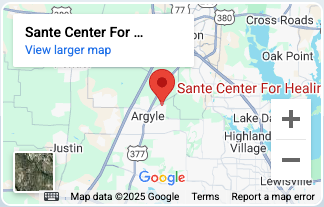What Are Boundaries?
Boundaries are limits that define how we allow ourselves to be affected by another’s behavior, thoughts and feelings. They determine how close or distant we are from others both physically and emotionally. Boundaries have several purposes. Boundaries convey your limitations. They also convey your needs. They serve to ensure mutual respect for each person’s space. They create the opportunity to remain in an authentic relationship. They help you create a guideline for how you will be treated and how you will treat others. It is important that you share your boundaries with others so that you can teach them how to interact with you. Setting and maintaining your boundaries takes practice just like anything else. Setting and enforcing your boundaries can set the expectation that relationships can be mutually respectful, fitting, and considerate.
Boundaries are essential for any healthy relationship. They are not for the other person; they are for you. Having boundaries is about knowing your self-worth and now allowing others to diminish that. Setting a boundary is your way of saying, “This is how I will take care of myself in this relationship.” – Mackenzie Brasher, MA, LMFT Associate, LPC Associate, LCDC, Supervised by Michelle Luttrell, MA, LMFT-S, MBA, MHA & Gale Hartschuh, LMFT-S, LPC-S
What Are Your Rights Within a Relationship?
Within a relationship you have the right to:
- Have the feeling of safety in a relationship
- Have your privacy and boundaries, respected
- Be listened to and heard
- Have the feeling of validation
- Be appreciated and valued
- Respected in a way that your “no” is both translated and understood as “no”
- Have your needs met
- Be treated respectfully at all times
Are There Types of Boundaries?
There are behavioral boundaries which define appropriate behavior within a relationship. They are based primarily on keeping yourself and others safe. They can be set in areas such as finances, living arrangements, physical or sexual intimacy, verbal communication and time management, among other areas. If a person’s behavior threatens our wellbeing or the wellbeing of someone we care about, the most loving thing we can do is set a boundary and change the way we interact with that person. Examples include, but are not limited to: discontinuing financial support of someone in active addiction; insisting that someone get treatment before being allowed to interact; prioritizing your own self-care and wellbeing so your health is not compromised by another’s illness.
There are emotional boundaries which determine to what extent we allow another’s internal world to affect us. Humans are social creatures and as such are constantly influencing each other in relationships. Emotional boundaries dictate the extent to which this influence is allowed to occur. Healthy emotional boundaries recognize each person’s thoughts, feelings and behaviors are their responsibility, and we cannot control or change another person’s inner world. Some examples of emotional boundaries are: encouraging the sharing of feelings and thoughts; honoring your personal values and beliefs even if other may not agree with them; taking responsibility for all that you do or say; taking full ownership and responsibility in defining yourself.
Image by Freepik.
Follow us on social media for more:



